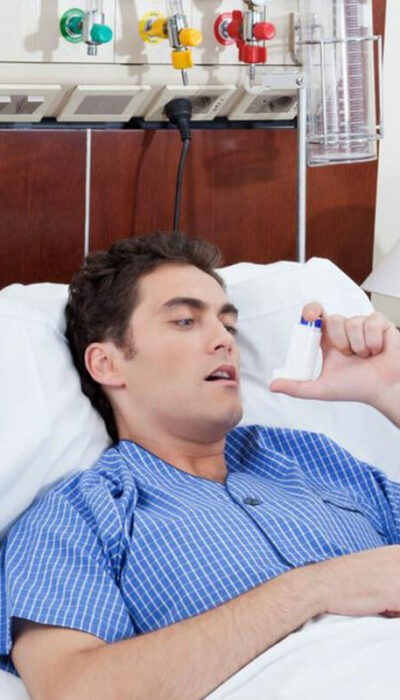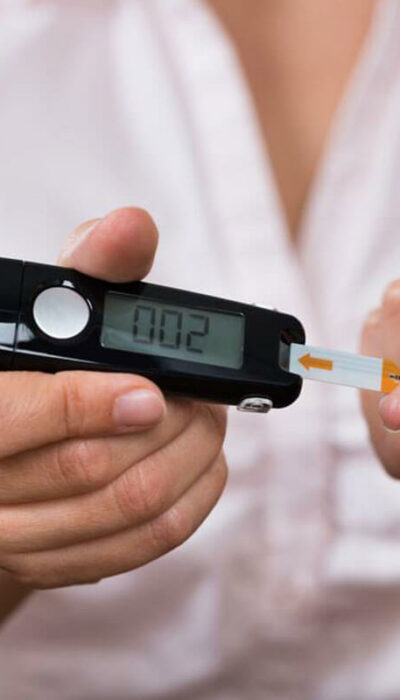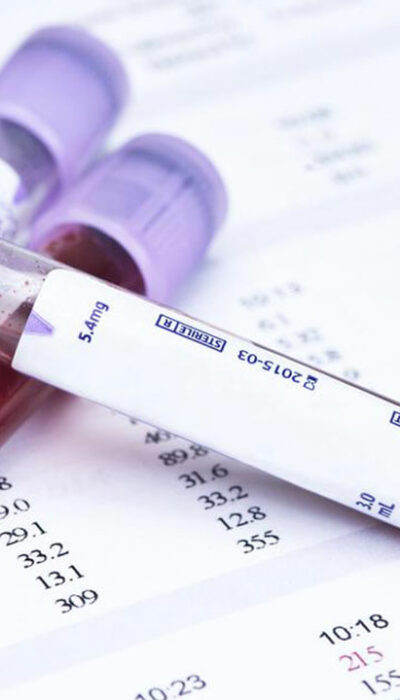
Everything You Need to Know about Adult Onset Asthma
With an alarming increase in the number of patients with adult onset asthma, it is important to have enough knowledge about the illness, its varied causes, prevention, and correct treatment. In general, asthma is detected in early childhood. However, in certain cases, an individual beyond the age of 20 years may be diagnosed with asthma, this condition is termed as adult onset asthma. Symptoms of asthma can occur at any point of time in life, and not necessarily only during childhood. Asthma is a disease where the sensitive airways have increased responsiveness towards various kinds of triggers such as allergens and irritants that obstruct the functioning of the airways. The muscles around the airways begin to contract and narrow the airway lining. The lining inside the airways experiences inflammation that causes the inner lining to swell up and secrete increased levels of mucus. This then causes extreme difficulty, and asthma symptoms such as coughing, tightness of the chest, shortness of breath, and wheezing. Depending on the severity of the illness, the types of adult onset asthma are categorized as: Mild intermittent asthma Mild persistent asthma Moderate persistent asthma Severe persistent asthma Adults have lowered lung capacity, which means that the volume of air that one can inhale and exhale within a second is much lower as compared to when they were younger. This also occurs due to the stiffening of chest walls and changes in the muscle structure after reaching middle age. Due to this decreased capacity, adult onset asthma often goes unnoticed by various doctors. Diagnoses can be done for adult onset asthma by investigating the patient’s medical history, clarifying the symptoms, and by using a spirometer to perform a lung functioning test. There are several triggers that lead to severe asthma attacks, such as climatic changes (dry/cold environments), vigorous exercises, hormonal changes, exposure to dust, animals, etc.










